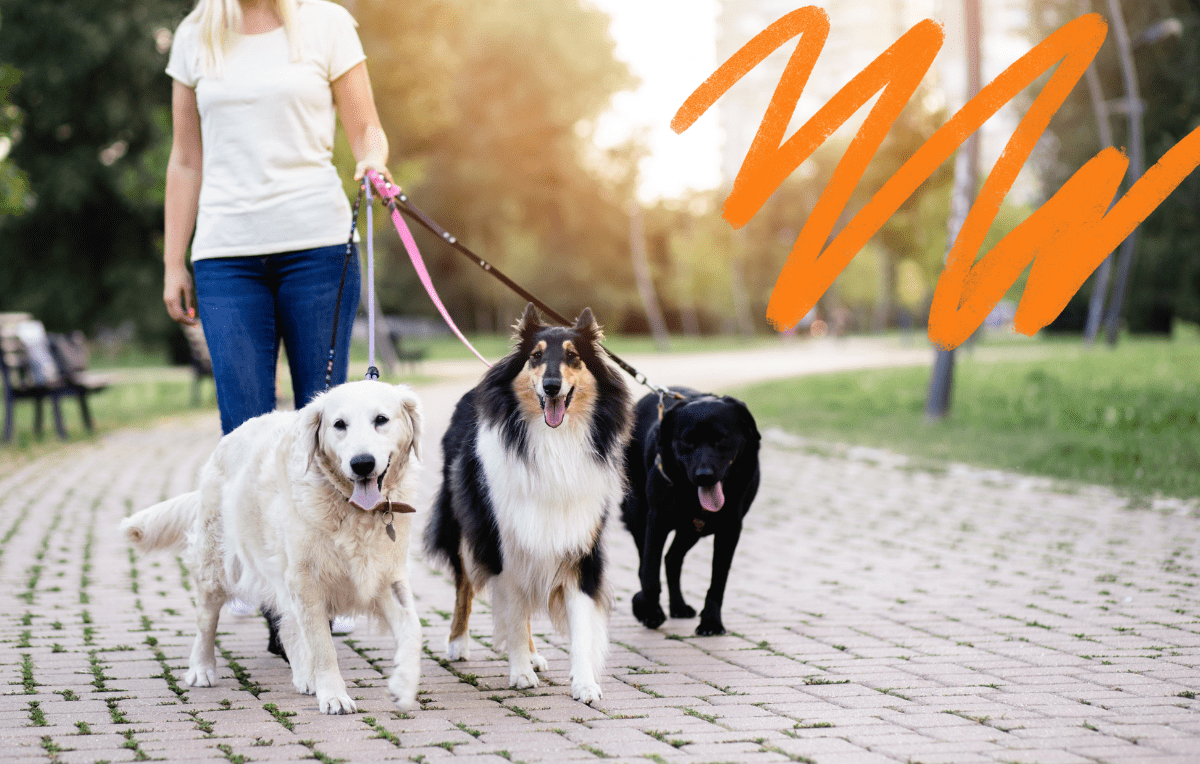There are few things dogs love more than a walk with their best human friend. Walks give dogs a chance to experience new adventures – new smells, new sights, meeting new people and other dogs. It’s the ultimate dog enrichment experience, and choosing the best leash for your pup will go a long way in making it enjoyable for both of you.
Choosing The Right Leash
Before you head out on your adventures, be sure you have control over your dog. No matter the size. Choosing a dog leash is very important. Always consider the following when making a purchase:
- Safety: Choose a strong leash that fits your dog breed as well as his personality. Reflective leashes are a wonderful benefit if you live in an area that gets dark early or walk your dog at night.
- Function: Understand the function of your pet’s leash and why you need one. Beyond leash laws, it’s important to have control over your pet. For city walking, you should look at a shorter leash. For hiking, a longer leash may work better for hands-free use.
- Comfort: make sure you choose a leash that is reliable, yet comfortable for you to hold. If you have a dog who pulls while walking, this is even more important. You don’t want to lose your grip because the material hurts your hands or doesn’t provide enough grip.
Here are the main types of leashes and the pros and cons associated with them:
1. Standard Flat or Snap Leash
This is the lead we most often think of when we think of leads. Standard leads range in length from 1-foot (usually referred to as “traffic” leads) to lengths of up to eight-feet. They are usually made from rope, nylon or leather and are easy to use – simply attach the end to your dog’s collar and hold on to the big loop at the other end.
Standard length (6’) leashes are ideal for walks with well-behaved dogs in the neighborhood or countryside, where you want to give your dog a little more room to roam or explore. They are also perfect for dogs who wear harnesses and can be used interchangeably with a harness or neck/head collar.
2. Retractable Leashes
Dog walkers are mostly united on the dangers of retractable leashes – especially when it comes to large dogs. There is a multitude of things that can go wrong: the cable that burns you or your pet, a lack of control over the dog, or malfunctioning hardware resulting in serious accidents. If you do choose to use a retractable lead, make sure your dog is already well-trained.
3. Check Cords
Check cords are extra-long leads (some are in excess of 150 feet) and are perfect for training commands like “stay” or “come.” They allow your dog room to roam on their own but still give you control.
4. Head collars
The head collar operates on the premise that if you can control the head of a dog, you can control the dog. It’s a similar premise to controlling a horse via halter. These types of leashes have their uses but must be used with the utmost caution. One wrong move and you could cause serious damage to your dog’s neck or spine.
No matter which type of leash you choose, be sure it fits the life you want for you and your dog.
When you get home from your dog walk, grab a snack, turn on the television and be entertained by DOGTV and its programming! Sign up here for a FREE trial of our streaming channel specifically designed for dogs.

